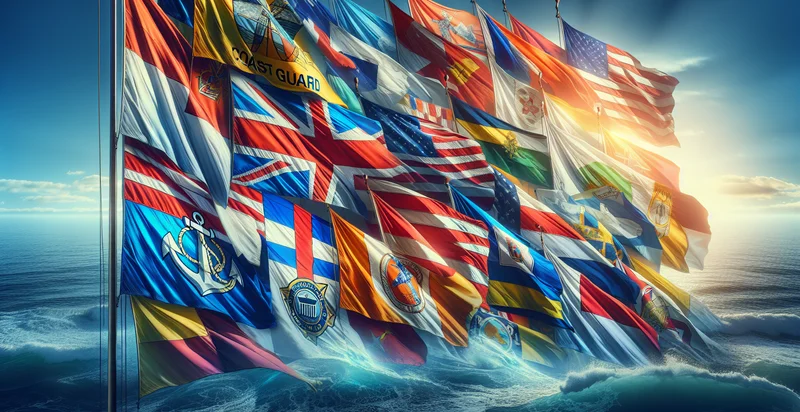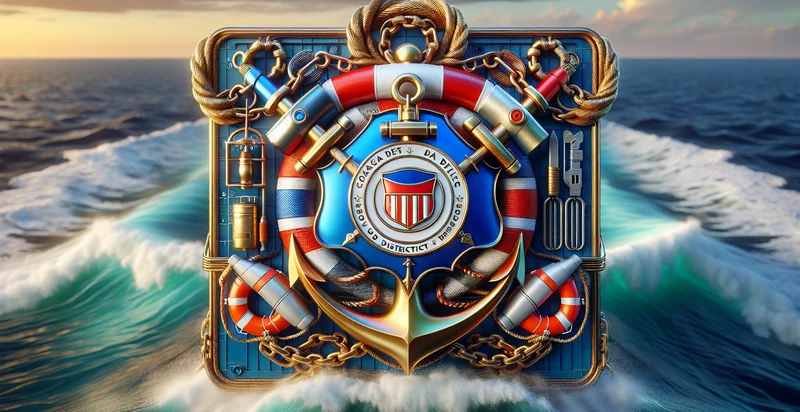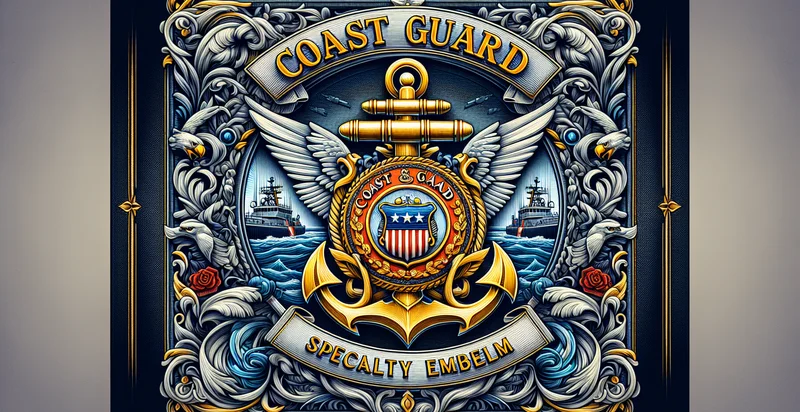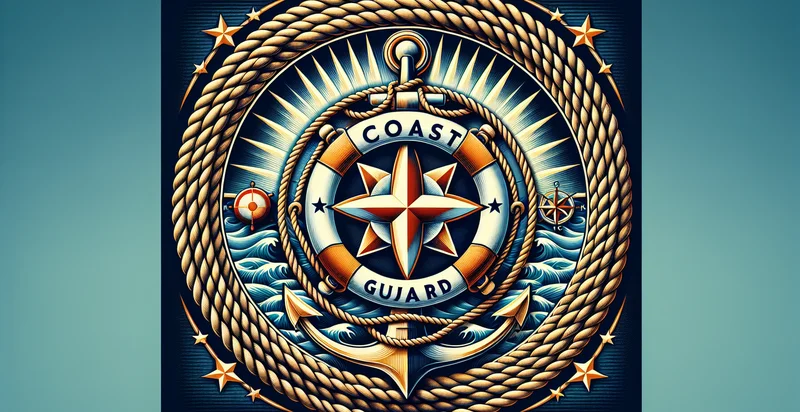Identify coast guard flags
using AI
Below is a free classifier to identify coast guard flags. Just upload your image, and our AI will predict what coast guard flag is being displayed - in just seconds.

Contact us for API access
Or, use Nyckel to build highly-accurate custom classifiers in just minutes. No PhD required.
Get started
import nyckel
credentials = nyckel.Credentials("YOUR_CLIENT_ID", "YOUR_CLIENT_SECRET")
nyckel.invoke("coast-guard-flags-identifier", "your_image_url", credentials)
fetch('https://www.nyckel.com/v1/functions/coast-guard-flags-identifier/invoke', {
method: 'POST',
headers: {
'Authorization': 'Bearer ' + 'YOUR_BEARER_TOKEN',
'Content-Type': 'application/json',
},
body: JSON.stringify(
{"data": "your_image_url"}
)
})
.then(response => response.json())
.then(data => console.log(data));
curl -X POST \
-H "Content-Type: application/json" \
-H "Authorization: Bearer YOUR_BEARER_TOKEN" \
-d '{"data": "your_image_url"}' \
https://www.nyckel.com/v1/functions/coast-guard-flags-identifier/invoke
How this classifier works
To start, upload your image. Our AI tool will then predict what coast guard flag is being displayed.
This pretrained image model uses a Nyckel-created dataset and has 30 labels, including Argentinian Coast Guard, Australian Coast Guard, Brazilian Coast Guard, British Coast Guard, Canadian Coast Guard, Chilean Coast Guard, Danish Coast Guard, French Coast Guard, German Coast Guard and Indian Coast Guard.
We'll also show a confidence score (the higher the number, the more confident the AI model is around what coast guard flag is being displayed).
Whether you're just curious or building coast guard flags detection into your application, we hope our classifier proves helpful.
Related Classifiers
Need to identify coast guard flags at scale?
Get API or Zapier access to this classifier for free. It's perfect for:
- Emergency Response Verification: This function can help the Coast Guard quickly verify the authenticity of distress signals by analyzing images flagged as potential false alarms. By accurately identifying misleading signals, they can focus their resources effectively on genuine emergencies, enhancing response times and saving lives.
- Search and Rescue Operations: In search and rescue scenarios, the function can assess whether images related to missing persons or vessels are genuine or fabricated. This capability allows operatives to prioritize search areas based on valid images, potentially increasing the success rate of rescue missions.
- Maritime Safety Compliance: The function can monitor and classify images from marine vessels to ensure compliance with safety regulations and flag misuse. By identifying false flags raised by vessels, authorities can take appropriate actions against violations, thus improving maritime safety.
- Training and Simulation: The false image classification function can be integrated into training scenarios for Coast Guard personnel, helping them to distinguish between legitimate and false signals. This ensures that personnel are better prepared for real-life situations, thereby improving overall operational efficiency.
- Automated Surveillance Systems: When integrated into drone surveillance technology, this function can analyze images in real-time and reduce false alarms triggered by objects resembling distress signals. This automation leads to more efficient monitoring of vast maritime areas while minimizing human error in classification.
- Public Awareness Campaigns: The function can support campaigns aimed at educating the public about the dangers of false signals at sea, by providing visual examples of such misinformation. This may lead to better public compliance with proper emergency signaling protocols, ultimately reducing the number of false alerts.
- Research and Analysis: Researchers can utilize this function to study trends in false alarm incidents in maritime activities. By analyzing the data on flagged images, it’s possible to identify patterns or common factors that lead to such occurrences, thereby contributing to enhanced policy-making and prevention strategies.


